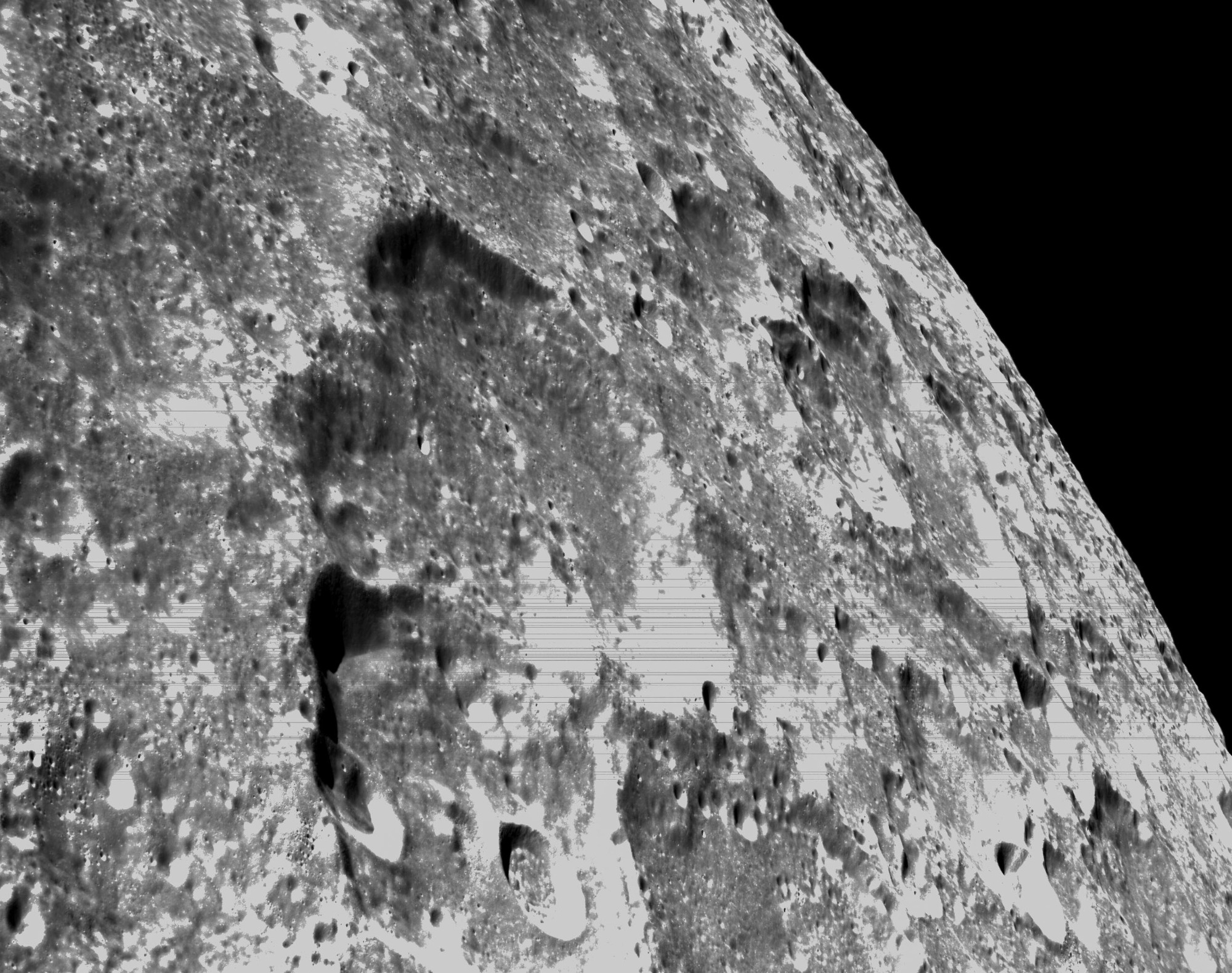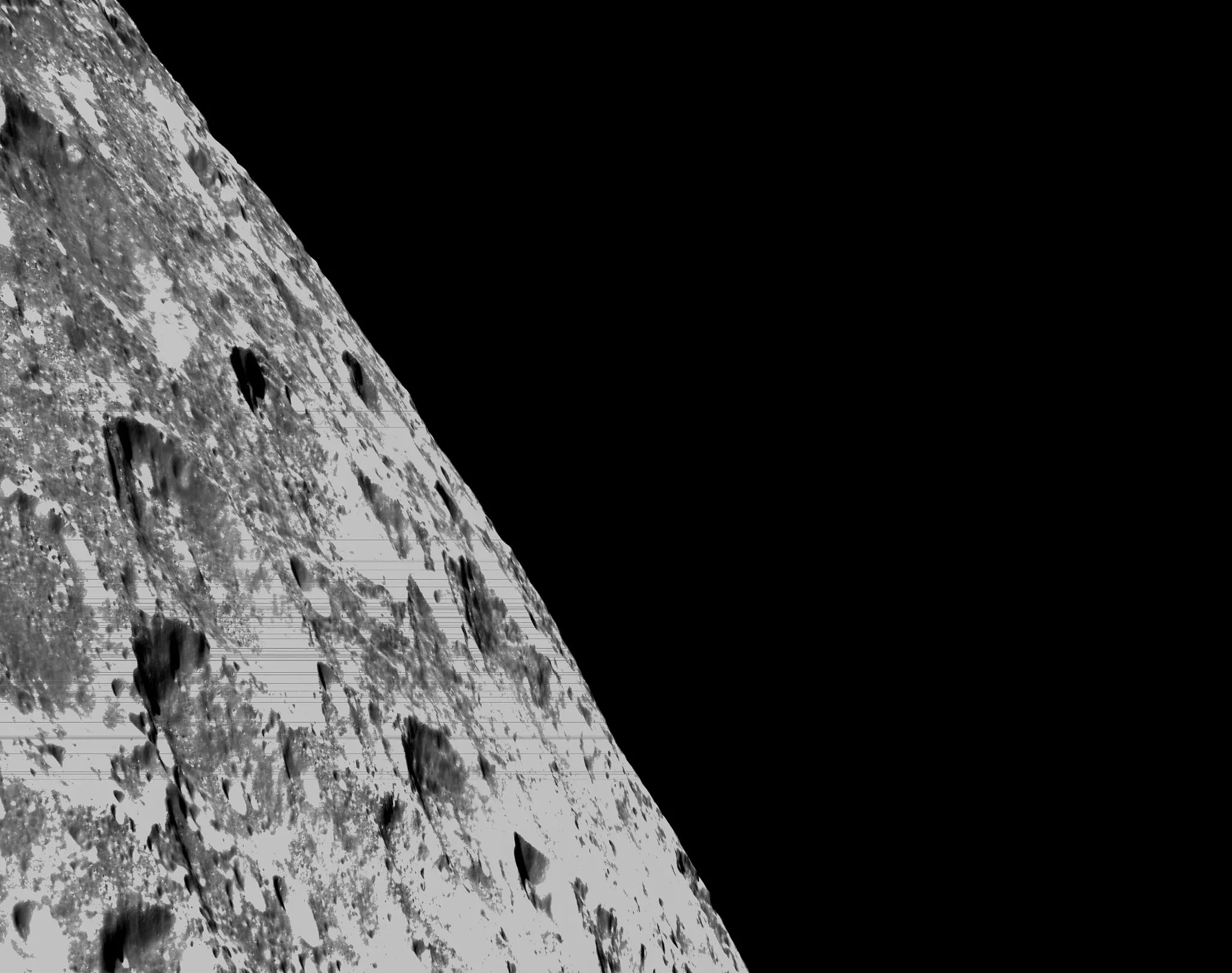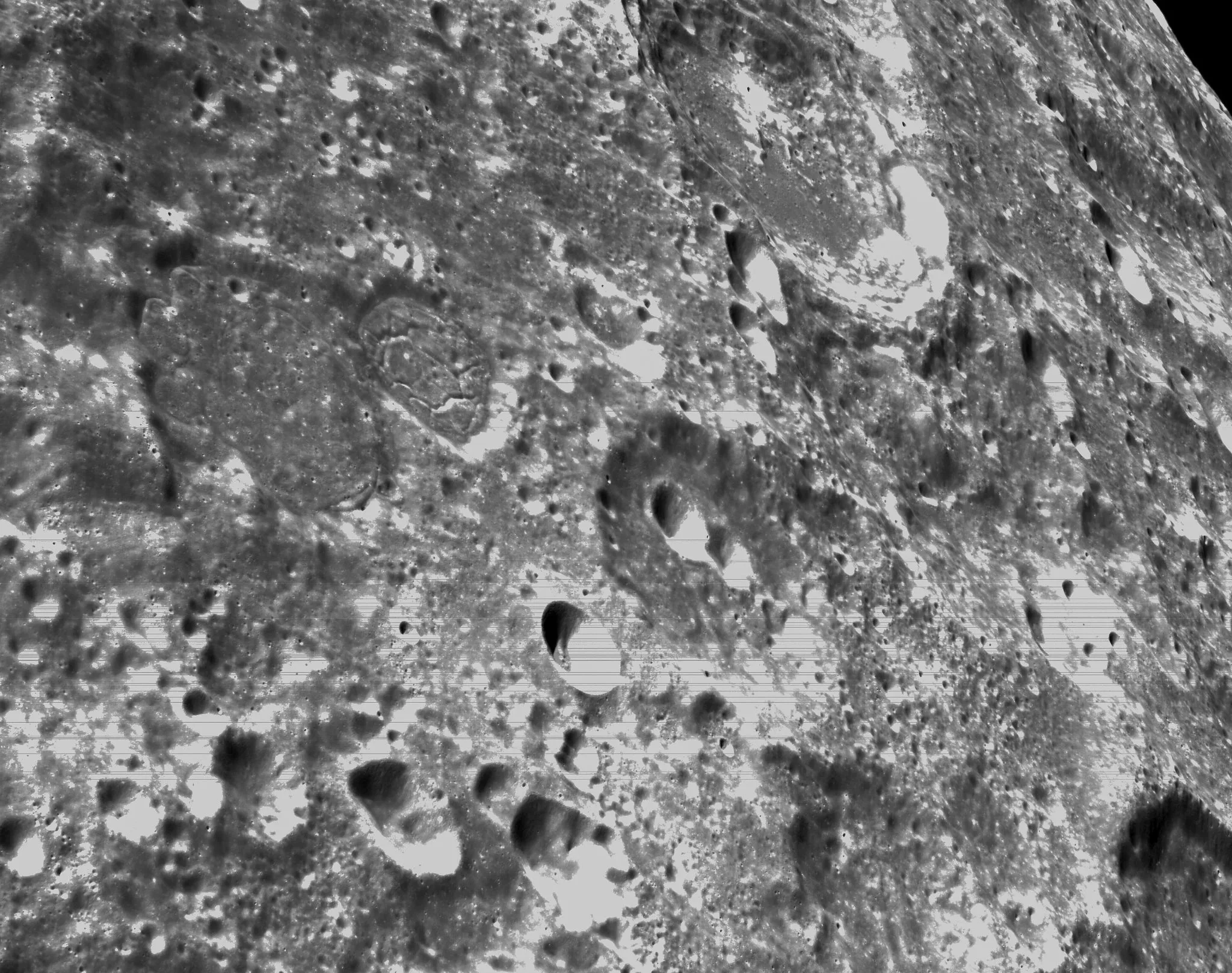

While Americans were busy basting their Thanksgiving turkeys or making a list of the best Black Friday and Cyber Monday deals, NASA’s Orion spacecraft was orbiting the moon and taking some images. NASA released the beautifully detailed images on the sixth day of Orion’s 25.5-day journey and they show moon’s mysterious surface and its craters frozen in time.

When asteroids and other space rocks hit the lunar surface, the collision forms an impact crater remains intact for billions of years. The moon doesn’t have weather like rain or wind or storms that can cover up the hole left behind, so the holes just stay on there. NASA believes that some of the moon’s craters have water and ice, which will be a necessary resource in the deep space missions planned over the next several years. Some of the images even have craters within craters like a bull’s-eye on an archery target.
[Related: Why it’s hard to tell if moon craters are holes or bumps.]

The images were captured about 80 miles above the surface of the moon with Orion’s onboard optical navigation camera. It is one of 16 cameras onboard the spacecraft and it does more than just snap these incredible images. It helps Orion with navigation, by taking images of both the Moon and the Earth at various phases and distances. According to NASA, the optical navigation camera images will provide an “enhanced body of data to certify its effectiveness under different lighting conditions as a way to help orient the spacecraft on future missions with crew.”

The Moon was formed more than 4 billion years ago, when a Mars-sized object collided with Earth. It is estimated that roughy 225 new impact craters are formed on the lunar surface about every seven years.
[Related: With Artemis 1 launched, NASA is officially on its way back to the moon.]
After blasting into space on November 16, the Orion spacecraft’s journey will cover about 1.3 million space miles and will fly farther than any other spacecraft built for humans. The capsule is scheduled to splash back down on Earth at the end of its mission on Sunday, December 11.
Artemis I is the first integrated test of NASA’s latest deep space exploration technology: Orion, the all-powerful Space Launch System (SLS) rocket, and the ground systems at Kennedy Space Center. It is the first of three missions, and will provide NASA with more critical information on non-Earth environments, the health impacts of space travel, and more for further research around the solar system. It also showcases the agency’s commitment and capability to return astronauts to the moon.
You can track Orion during its mission around the Moon and back in real time and view a live stream from Orion’s cameras.
